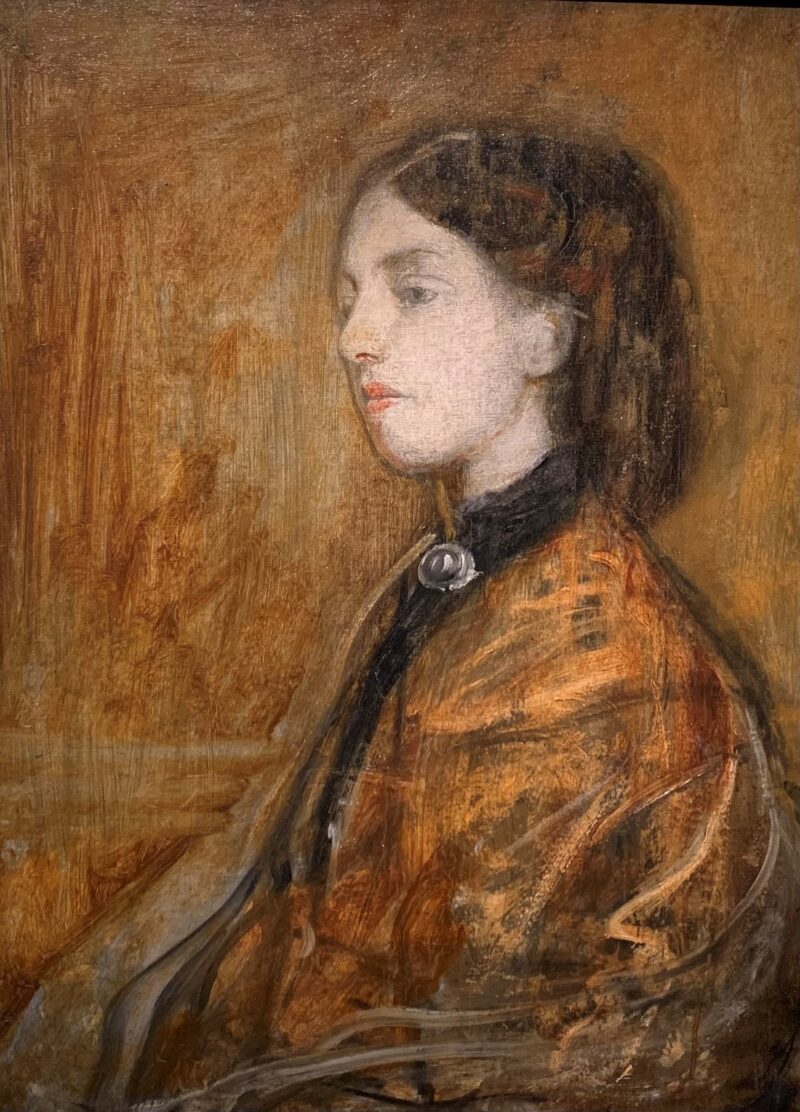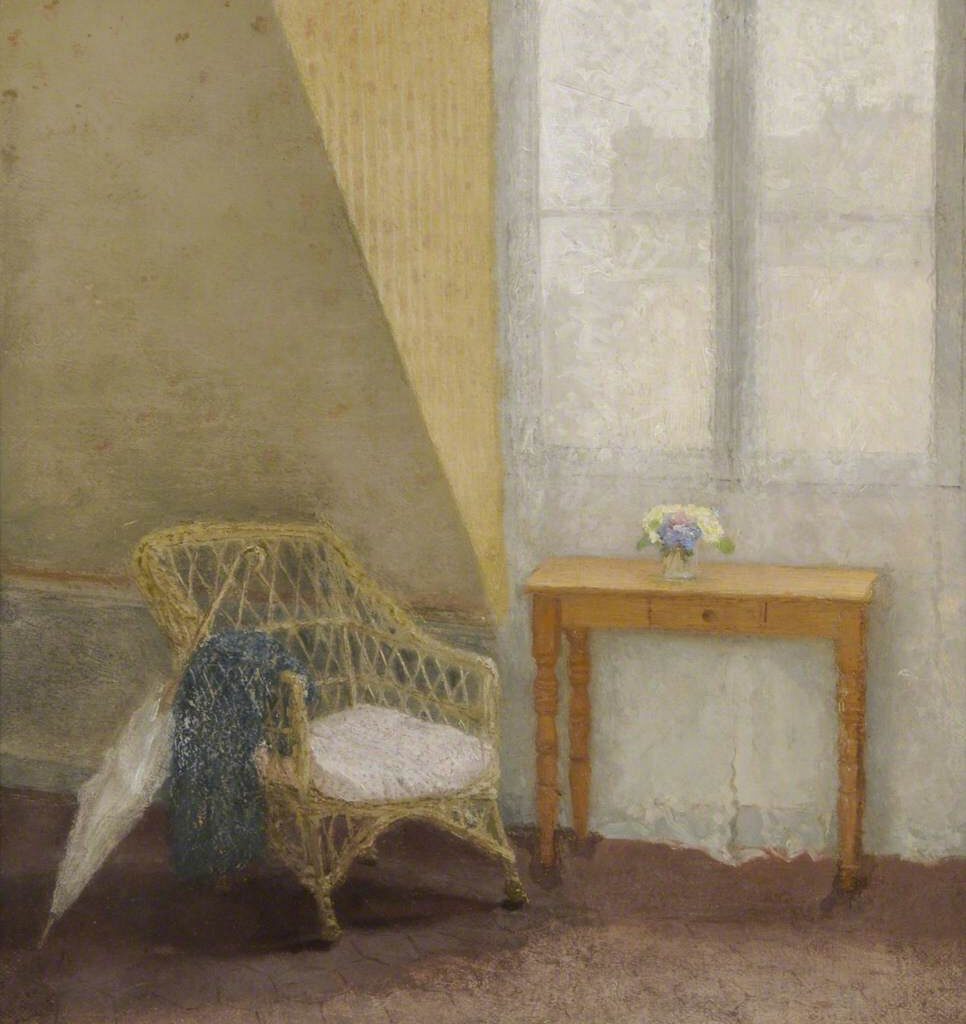Dr. Lydia Miller, Assistant Curator at Pallant House Gallery, explores some of the influences on Gwen John’s style and techniques.
It was whilst Gwen John was studying at the Slade School of Fine Art in London during the 1890s that she became part of a group of talented students. They were described by Professor Henry Tonks as the Slade’s first ‘crisis of brilliance’. 1
Although some of these students became leading artists of the 20th century, such as William Orpen and Augustus John, many of Gwen John’s contemporaries did not receive wider recognition, and others have long been forgotten.
A central member of this Slade circle was the artist Ambrose McEvoy. He later became a popular society portraitist, painting influencers like Lady Diana Manners, the ballerina Lydia Lopokova and Winston Churchill. McEvoy and Gwen John were close friends at the Slade and in the years that followed, and their influence on each other’s work proved to be vital to their development as artists.
The art historian, and former Tate Director, John Rothenstein wrote that Gwen John was greatly influenced by Ambrose McEvoy and his interest in old master paintings and drawings. A knowledge McEvoy ‘laboriously acquired’ and ‘generously imparted’ to John and others. 2
McEvoy is known to have worked in major public collections such as the British Museum, the National Gallery and the National Gallery for British Art (now Tate Britain) where he copied artworks by historic painters such as Titian and Veronese in order to glean techniques. Art gallery visits were encouraged by tutors at the Slade who saw the copying of paintings to be an important way to learn. Whilst McEvoy worked, he also helped other students by offering informal tutoring and advice on their use of pigments and methods.


